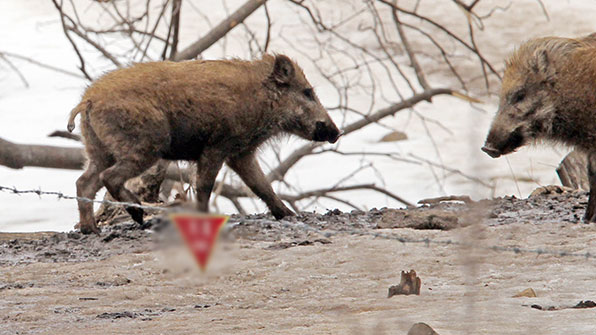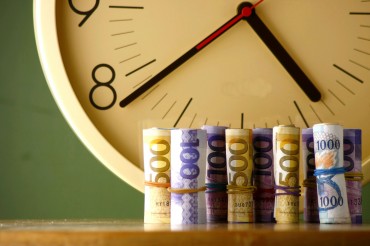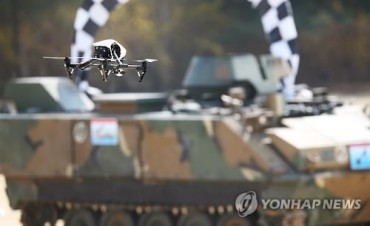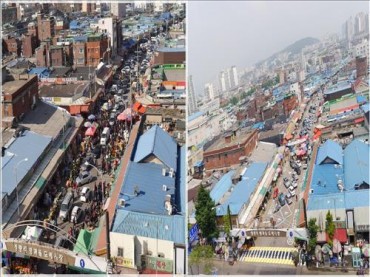
A recent fatal shooting in Yeoncheon County has shed light on the growing risks associated with South Korea’s expanding wild boar hunting program. (Image courtesy of Yonhap)
YEONCHEON, Oct. 10 (Korea Bizwire) – A recent fatal shooting in Yeoncheon County has shed light on the growing risks associated with South Korea’s expanding wild boar hunting program, as the number of licensed hunters has more than doubled since 2019.
On October 6, a hunter in his 40s was accidentally shot and killed by a fellow hunter during a nighttime boar hunt. The incident has raised questions about the safety protocols and management of the country’s hunting initiatives, which were expanded in response to the threat of African swine fever.
According to local police and county officials, the hunters involved in the Yeoncheon incident were not wearing fluorescent safety vests to identify themselves and were relying solely on thermal imaging cameras in the dark. The shooting occurred when the hunters exited their vehicle after detecting movement, mistaking their colleague for a boar.
This tragedy is not an isolated incident. Similar accidents occurred in July in North Gyeongsang Province and Gangwon Province, resulting in one fatality and one serious injury. In both cases, the shooters claimed they had mistaken the victims for wild boars.
Data from the National Police Agency reveals that hunting rifles were involved in 40 accidents between 2018 and 2022, accounting for 69% of all firearm incidents in South Korea during that period. These accidents resulted in 15 fatalities.
The sharp increase in hunting activity can be traced back to late 2019 when the government introduced a bounty system to control the wild boar population and curb the spread of African swine fever. Hunters now receive 200,000 won per boar, with additional rewards from local governments ranging from 50,000 to 300,000 won.
This financial incentive has led to a significant rise in the number of licensed hunters. The Ministry of Environment reports that the number of Type 1 hunting license holders had grown from about 15,000 in 2018 to 31,337 by the end of last year.
“In the past, we would only go out when called. Now, people are actively hunting, treating it like a job,” said a hunter with 30 years of experience, who spoke on condition of anonymity. “The competition has become fierce.”
The situation is further complicated by restrictions on daytime hunting with dogs, implemented after the outbreak of African swine fever. This has pushed more hunters to operate at night, increasing the risk of accidents.
Industry experts are calling for stricter management of hunters and more rigorous license requirements. Currently, obtaining a Type 1 hunting license requires only a 60% score on a written test, four hours of clay shooting practice, and a mental and physical health certificate.
“We need to raise the qualifications for obtaining a hunting license and strengthen safety education,” said a representative from the Wildlife Management Association. “Relying on low-quality thermal cameras in the dark without proper lighting often leads to accidents when hunters pull the trigger at any red object they see.”
M. H. Lee (mhlee@koreabizwire.com)






